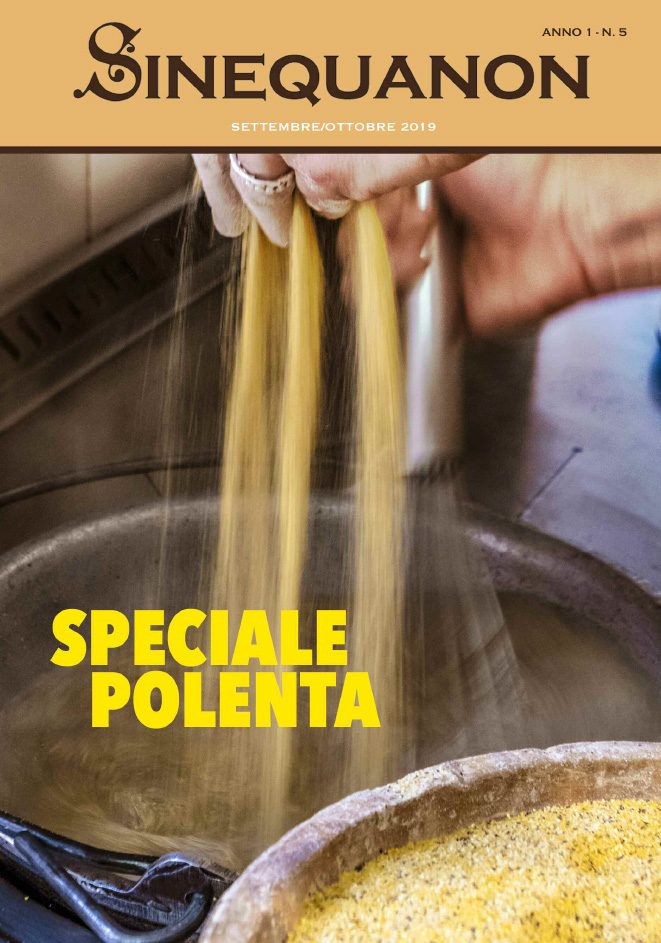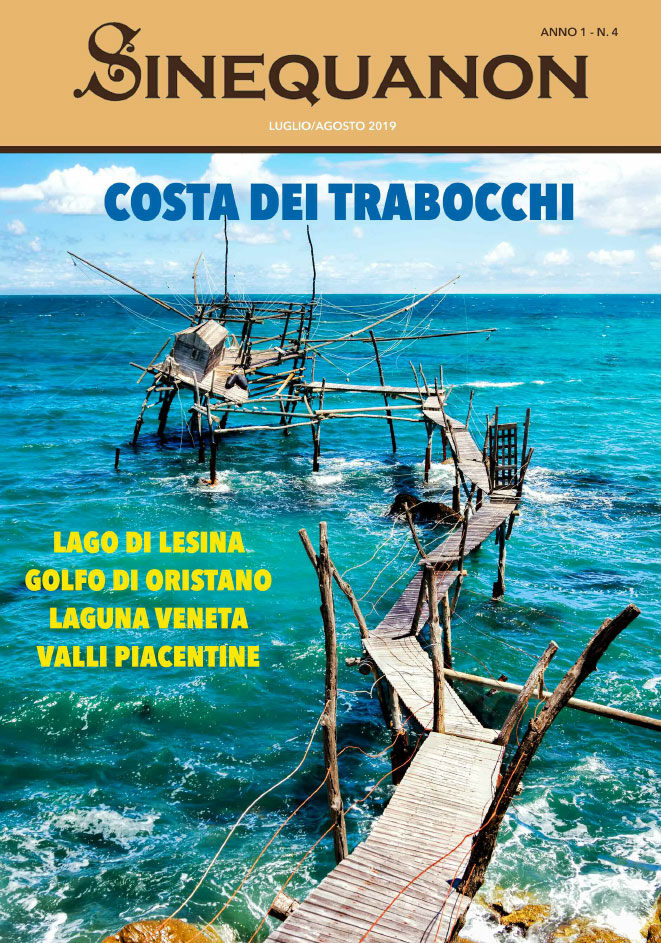TERESA CARRUBBA
From the oldest examples of Byzantine origins, with their hieratic sacredness, to the later types embellished with dazzling silver, enamel and stones, icons still emanate that savour of mysticism, above and beyond the more material view of them as a good investment. In recent years the interest in icons has grown among collectors who no longer see them as the expression of a common heritage of faith but for their artistic value as antiques. The most sought after, of course, are Russian 17th and 18th-century icons the prices of which continue to soar as more and more people are attracted to them. However the earliest icons date back to the 4th and 5th century A.D. in Byzantium from where they spread to almost all the eastern regions of Christianity up to the iconoclasm (8th-9th centuries) which destroyed almost the entire production of sacred art. Only a very few icons managed to survive this destruction and today they can be seen in museums or in some fortunate private collection. And so collectors had no choice but to turn to later icons, for the most part Russian icons produced in Kiev or Moscow.
?An original style emerged in Novgorod, it is known as the contour-style with figures no longer in black but in colour, indeed usually in bright and brilliant colours,? explains Luciana Manasse a Roman antiquarian specialised in Russian art. ?The icons from Pakov have a strong mystical quality expressed in broken and decided lines, with clothing underlined by painted pearls and gold borders. However the iconic pictorial style reached a major turning point in the 15th century with Andrei Rublev, considered the greatest Russian painter of all times. Rublev broke with the traditional immobility of the figures, toning down the solemn austerity of the Byzantine-type style.? Then, at the end of the 17th century Peter the Great westernised the style of the icons calling French, Italian and German painters to his court. And in the 19th century the official production, (less sought-after by collectors but more accessible) observed the academic or romantic style which used oil colours in place of the traditional and more precious egg-based gouache and the application of sheets of decorative metal which left only part of the painting uncovered.
This covering, known as the riza was in fact used in the 10th century, first as a protection from the lighted candles that used to be put before the icons, and then as votive offerings. It was usually silver with figures or decorative motives (embossed, chased, engraved, niello and filigree) with enamel and stones and with the riza leaving only the face, hands and feet of the figures uncovered. On the other hand the similar oklad covers only a small part of the painting while the bazma covers still less consisting of four strips of metal framing the work. Many of these precious rizas are the work of famous goldsmiths who worked for the tsars and for the Russian aristocracy: Sazikoff, Klebnikoff, Oveinnikoff and, of course, the mythical Fabergé. However the beauty and value of the rizas should not lead one astray in choosing an icon as part of a collection. ?When faced with a complete icon, the first impression is of course, determined by the riza, says Luciana Manasse “but the connoisseur knows that the true value lies in the painting. Even a Fabergé riza would loose its value if applied to a painting of a modest antique level. The most precious icon is that with a riza by a great artist and a 17th or 18th-century painting, a combination which is very difficult to come by today on the antique market.
They are important collectors items. Those who are lucky enough to have similar masterpieces do not mind putting the two pieces on display together, on the one hand the plate and on the other the riza which can be laid over a copy or a photo of the icon. However it is rare that the two elements date back to the same period. More often than not the riza covers much older plates.? The icon which was originally a sacred object was not considered for its artistic value and was often painted by monks. And that is why the name of the artist if often unknown. ?On the antique market, unless we are talking about masterpieces like those of Rublev or Dionisij, the value of an icon is determined by its age. The most valuable are Russian 17th and 18th-century icons, which come second only to those very rare Cretan 15th-century examples.?



